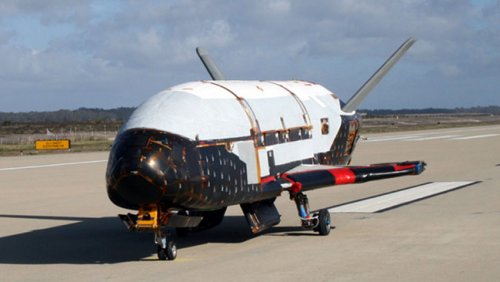bobbymike said:
I posted this question on another thread as well but it is also appropriate to this topic:
Does this day - the launch of HTV-2 on an ICBM - mark the beginning of the conventional prompt global strike era? Will we see this weapon deployed?
No, it's not a weapon, and it wasn't on an ICBM. It was on a launcher made of reconditioned ICBM components.
Precision global strike is already here. The EE/LETB tailkit is *ready for production* and tested. Congress only needs to approve the money and we have precision nuclear strike. Nobody has developed a conventional warhead for the Mk4 RV, but using a concrete filler for a kinetic strike has been talked about. It would not be hard to do so.
HTV-2 is demonstrating a different set of technologies and capabilities. They are hoping for a more CAV-like profile that would allow it to deploy a payload at its destination. A Mk4 can't do that.









